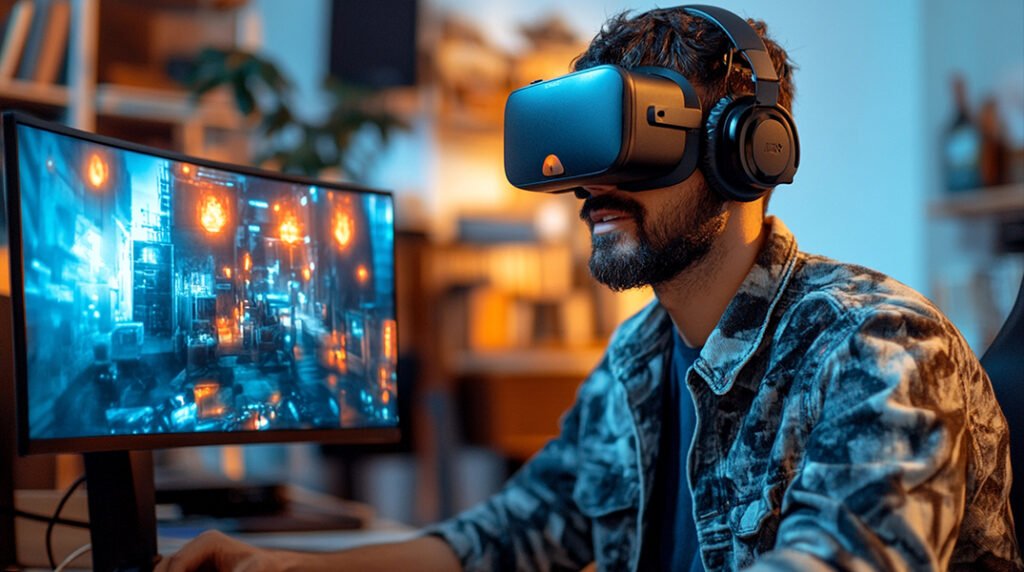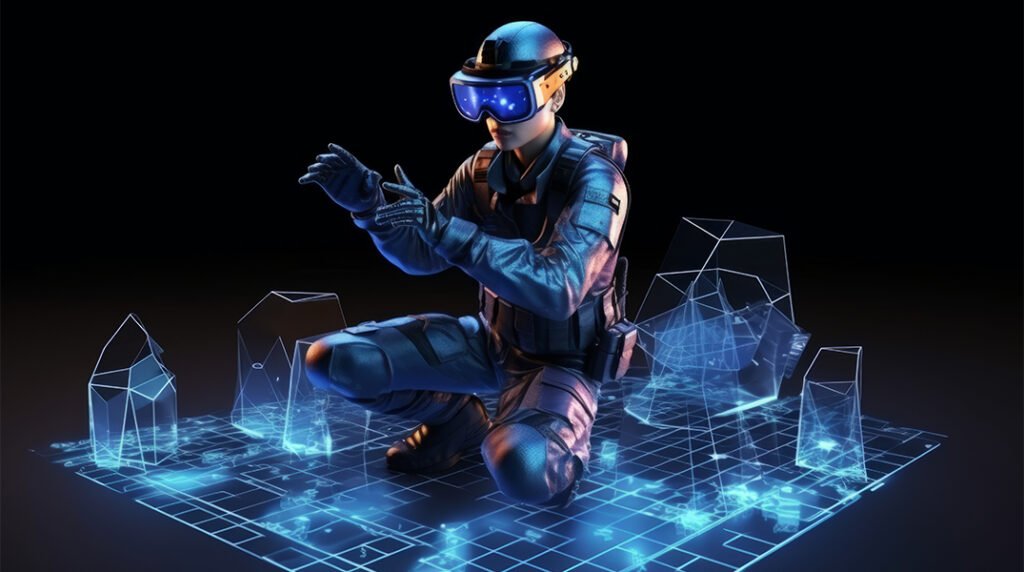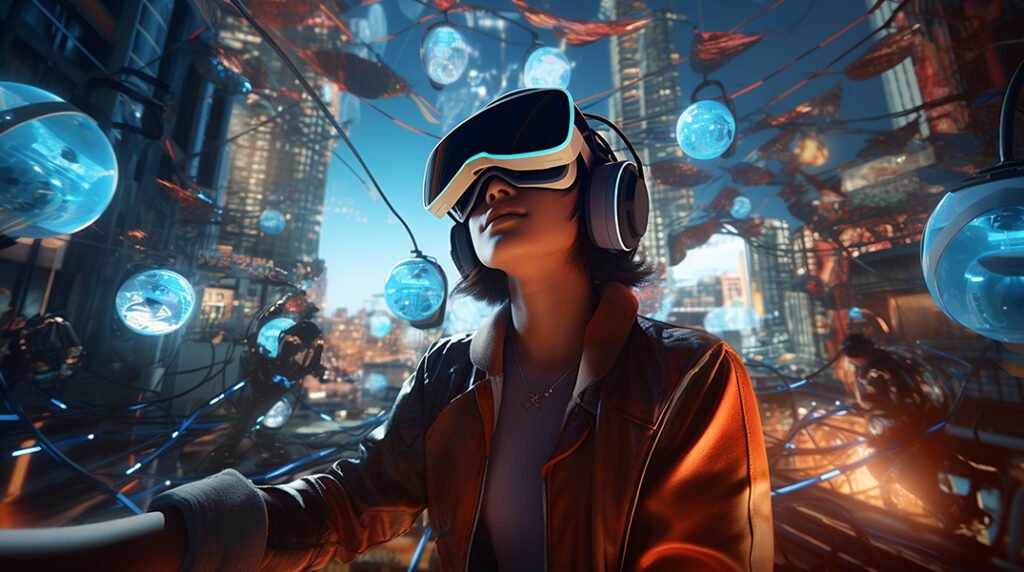With rapid growth in companies and technology, new, improved 3D images and AI techniques are enhancing actual feeling and exploration. Regarding the expectations of the players in terms of graphic capabilities and highly dynamic interactive contexts, the industry is characterized by the rather fast introduction of modern means and methods. This understanding seems critical to developers who want to remain relevant and produce games that consumers will find appealing.
The Role of 3D Rendering in Game Development
The use of the 3D render in external appearance is today the foundation of many great-looking, detailed visuals in contemporary video games. It is quite a rich procedure that enables converting neural models into interpolated figures that can resemble photorealistic graphics with the help of modern equipment. Advances in 3D rendering also make it easier now to provide details such as reflections, shadow, and lighting within game environments helping to enhance the looks of the games. In the Newzoo study, 60% of the players said that the game's graphic quality is very important, which means that rendering must be something that will captivate a user from the beginning.
New trends like ray tracing made recent advancements in current game development possible, making light behavior realistic and enabling the depiction of realistic scenes in games with seemingly no gap. With real-time rendering implemented in tools like Unreal Engine and Unity, deciding on quick visual feedback is much simpler for studios, as optimization can be done during the design stage.
AI-Powered Game Development
AI stands out as one of the essential tools in game development processes, improving the game’s performance and shortening work in subsequent stages. AI can mechanize routine processes as well as enhance the formation of content and game promotion. Another research done by Grand View Research pointed out that AI utilization in gaming will have a more than 20% annual growth rate, which proves that AI plays a crucial role in defining the industry.
The use of Artificial Intelligence in the procedural generation is one of the most popular trends in the contemporary industry. This makes it possible to make large and diverse game environments which makes it possible to make unique game environments for the same player. For example, Minecraft and No Man’s Sky create infinite and diverse locations using procedural generation instead of generating a multitude of unique and diverse items or locations at once. With the use of machine learning AI can estimate the user’s preferences and practices to enhance the gameplay.
AI also helps developers offer intelligent and dynamic non-playable characters (NPCs) which in turn forms adaptive behaviors based on the players’ strategies in order to offer a better experience. Some of the benefits that players get from this are that by using enhanced artificial intelligence, a game level can be developed to match a player's ability and skill and this keeps a player engaged all along.
How to get the best out of 3D Rendering and AI?
The combination of the two technologies, 3D rendering, and AI has transformed game development to a new level in terms of result and productivity. For instance, AI can be useful when rendering optimization is required with an ability to predict which parts of the scene would require more computational power, thus managing load and achieving good game performance without compromising on graphics quality.
Additionally, AI can improve the appearance of a game by changing lights, surface attributes, and shading in real time to 3D scenes. It provides them with the ability to improve game graphics with additional resources with little to no development expense. In the release of the new Unreal Engine 5, Epic Games brought tools such as Nanite that created virtualized geometry and hence eliminated the problem of draw calls. By integrating machine learning models into the games Unity provides, through the ML-Agents Toolkit, developers have the opportunity to make their game environments adaptive as well as give their NPCs a certain level of artificial intelligence.
Conclusion: The Future of Game Development
Incorporating advanced 3D rendering and AI is no longer just an option in game development; it’s becoming essential to meet the high standards set by today’s players. As AI continues to mature and 3D rendering techniques improve, developers will be able to create even more immersive and innovative experiences. Embracing these tools and approaches is key for studios looking to stay at the forefront of the industry and capture the hearts of gamers worldwide.











